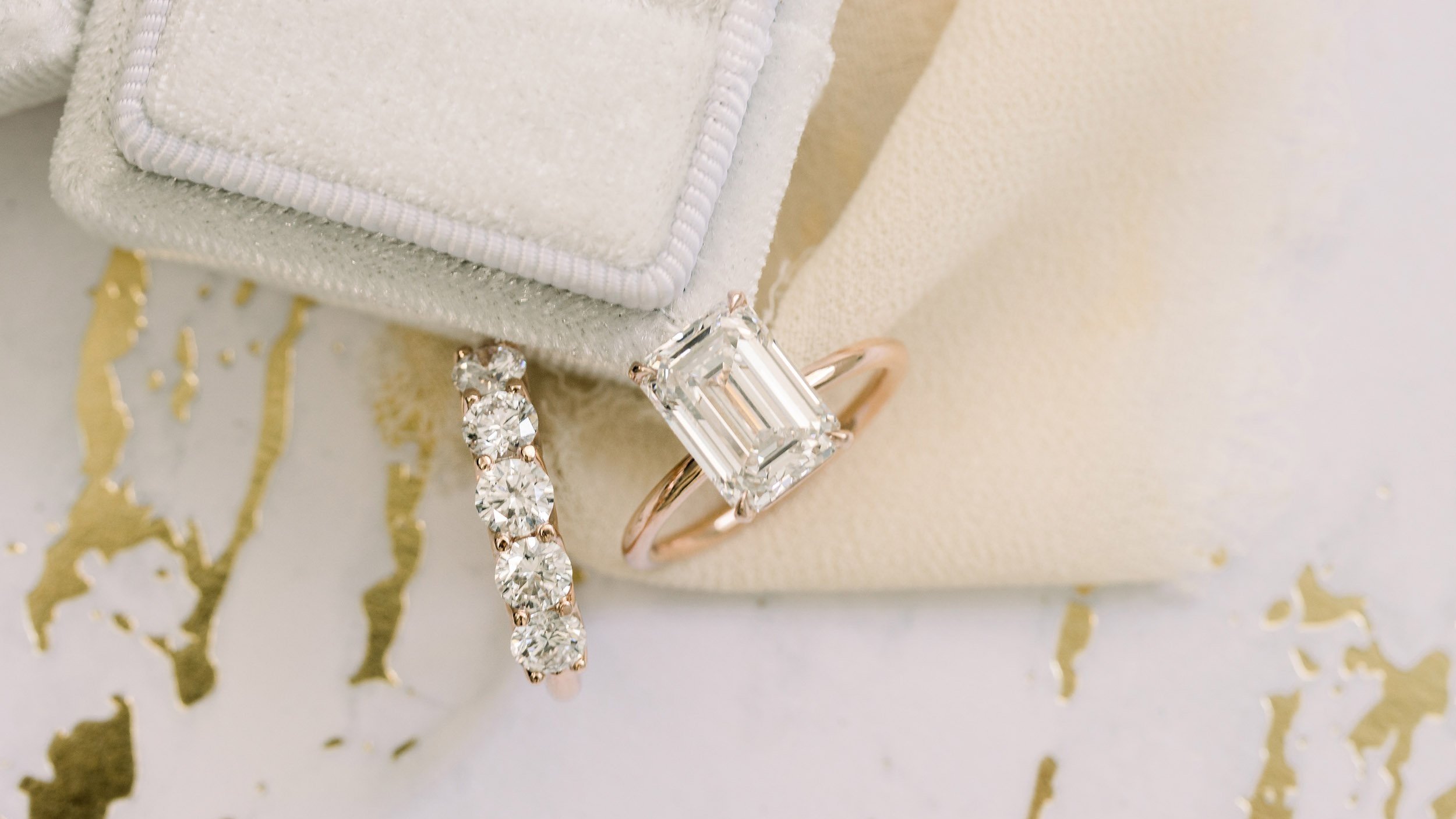Diamonds have long been symbols of love, wealth, and elegance. Traditionally, they were extracted from the earth through mining, but advances in technology have made it possible to create diamonds in laboratories. As a result, consumers now face a choice: should they opt for lab-grown diamonds or mined diamonds? This article explores the differences between the two and weighs the benefits and drawbacks of each.
Table of Contents
What Are Lab-Grown Diamonds?
Lab-grown diamonds are created in laboratories using advanced technological processes that mimic the natural conditions under which diamonds form. There are two primary methods for creating lab-grown diamonds:
- High Pressure-High Temperature (HPHT): This process simulates the intense pressure and heat found deep within the Earth, causing carbon atoms to crystallize into diamonds.
- Chemical Vapor Deposition (CVD): This method uses a chamber filled with a carbon-rich gas that, when subjected to specific conditions, causes carbon atoms to deposit and grow into diamond layers.
These diamonds have the same chemical composition, crystal structure, and optical properties as mined diamonds, making them virtually indistinguishable.
What Are Mined Diamonds?
Mined diamonds are extracted from the earth through various mining methods. They form naturally over millions of years, deep within the Earth’s mantle, and are brought to the surface through volcanic activity. The mining process involves significant environmental disruption and human labor, often in challenging conditions.
Environmental Impact
The environmental impact of mined diamonds is considerable. Diamond mining can lead to deforestation, soil erosion, water pollution, and ecosystem disruption. Additionally lab diamonds, mining operations often consume large amounts of energy and water.
Lab-grown diamonds generally have a lower environmental impact. Since they are created in controlled settings, they do not require large-scale land disruption or resource extraction. However, the energy used in the lab processes must be considered. Some lab-grown diamond companies offset their energy use with renewable energy sources, further reducing their environmental footprint.
Ethical Considerations
Mined diamonds have faced criticism due to unethical practices associated with the industry, including child labor, unsafe working conditions, and financing of armed conflict (often referred to as “blood diamonds”). The Kimberley Process, a certification scheme to ensure diamonds are conflict-free, has improved transparency, but not without criticisms and loopholes.
Lab-grown diamonds are generally considered more ethical, as they do not involve the same risks of human rights abuses or conflict funding. They are produced in a controlled environment, reducing the risk of unethical practices.
Cost
Lab-grown diamonds tend to be more affordable than their mined counterparts. Because the production process is more efficient and less resource-intensive, lab-grown diamonds typically cost 20-30% less than mined diamonds of similar quality. This makes them an attractive option for budget-conscious consumers seeking high-quality gems.
Quality and Appearance
In terms of quality, lab-grown and mined diamonds are virtually identical. Both types of diamonds can be graded according to the “Four Cs”—carat, color, clarity, and cut. Professional gemologists often cannot distinguish between lab-grown and mined diamonds without specialized equipment.
Conclusion
Choosing between lab grown diamonds or mined depends on personal preferences and values. Lab-grown diamonds offer a more sustainable, ethical, and cost-effective option, while mined diamonds carry a sense of tradition and rarity. Consumers should consider factors such as environmental impact, ethical considerations, cost, and personal sentiment when making their decision.
Ultimately, both types of diamonds can serve as beautiful symbols of love and commitment. Whether you choose a lab-grown or mined diamond, the most important thing is that the choice reflects your values and brings you joy.

